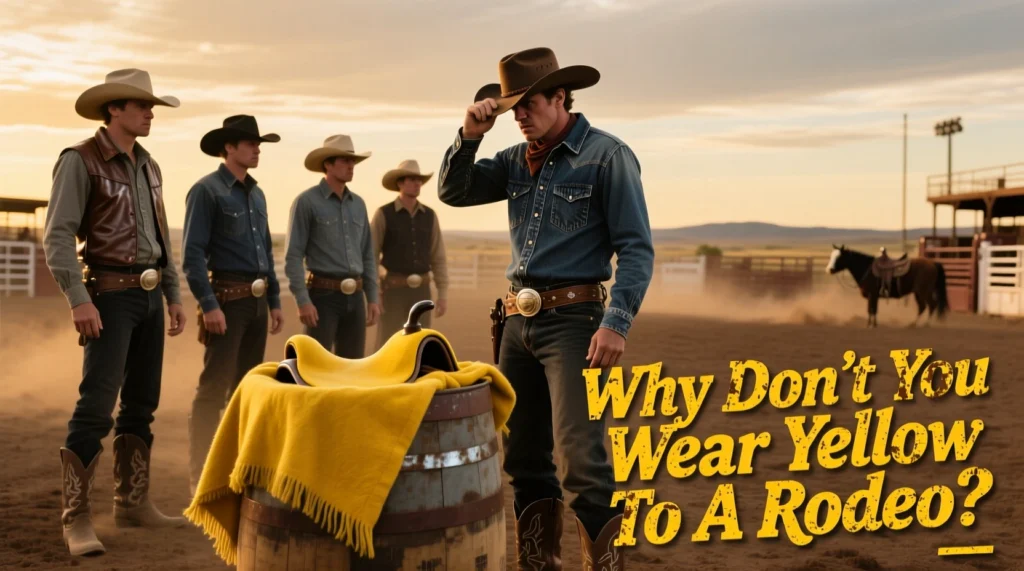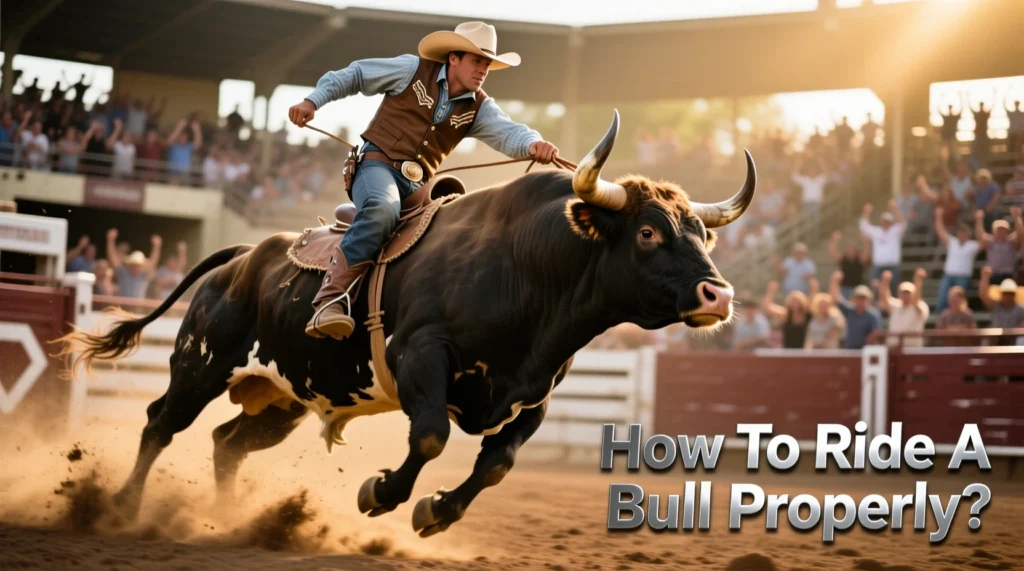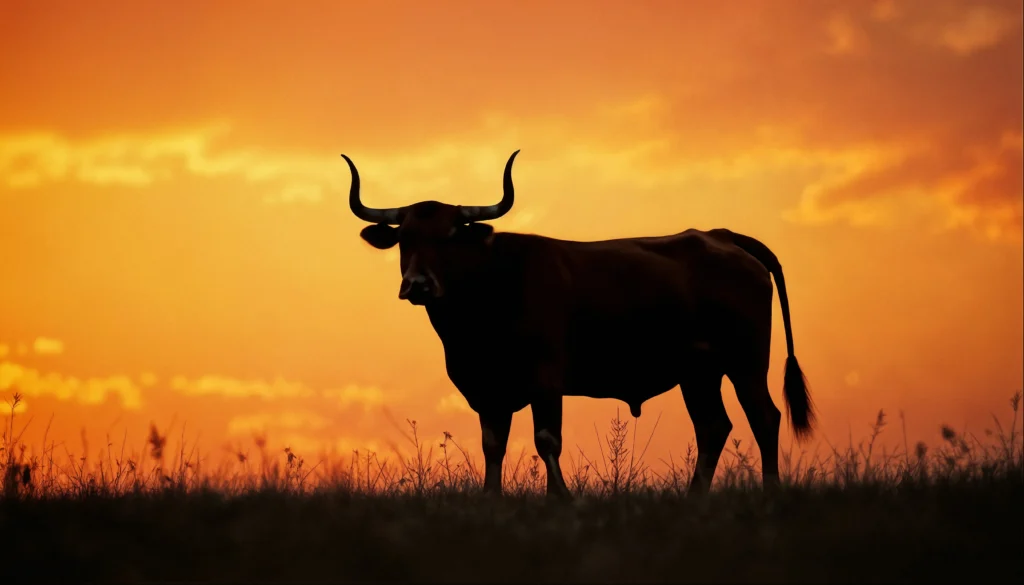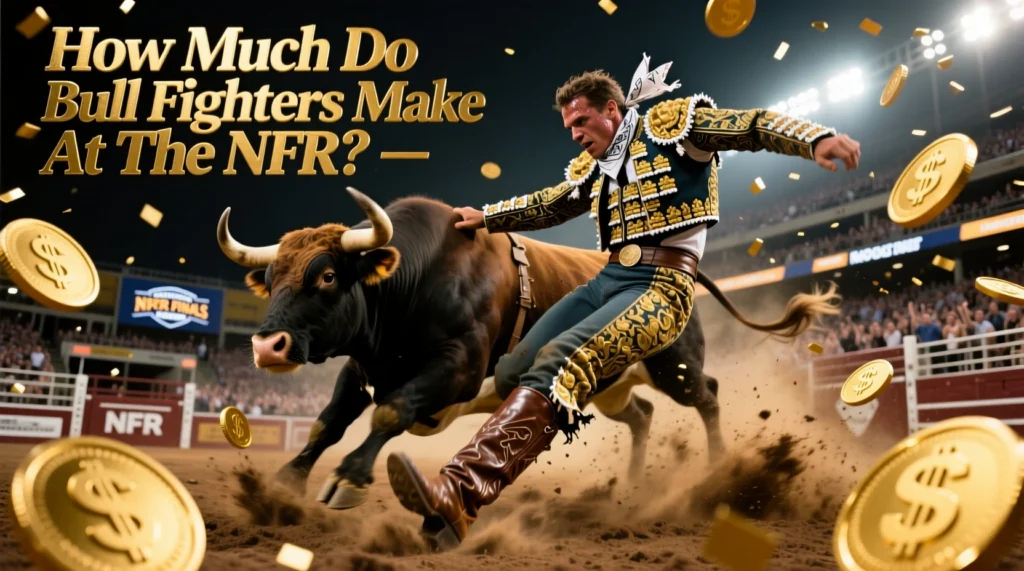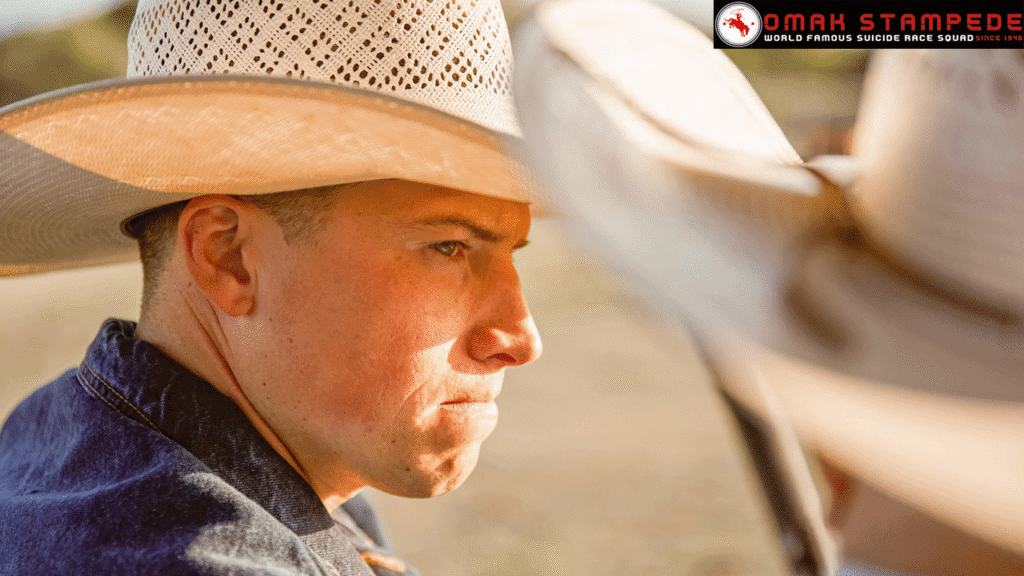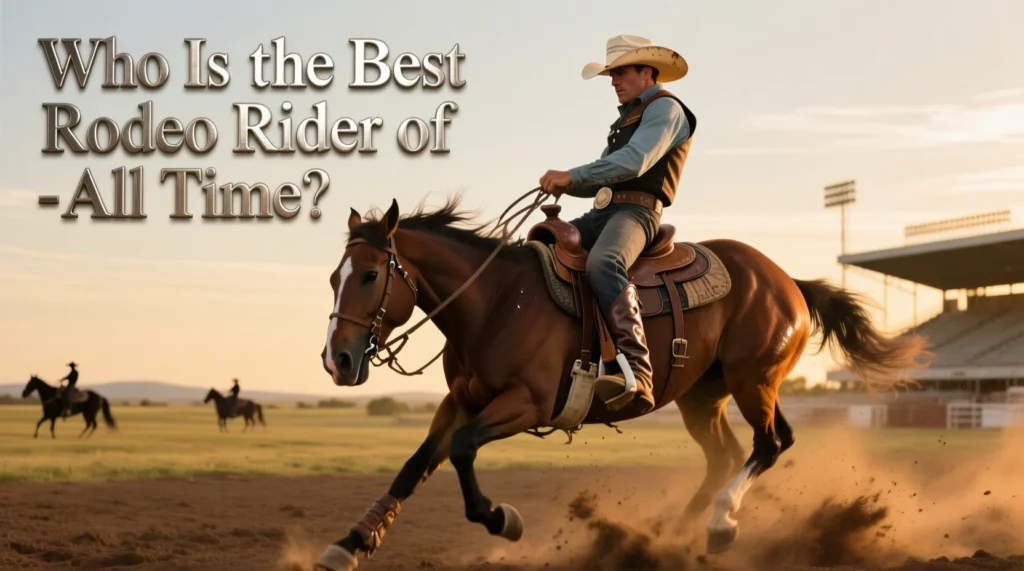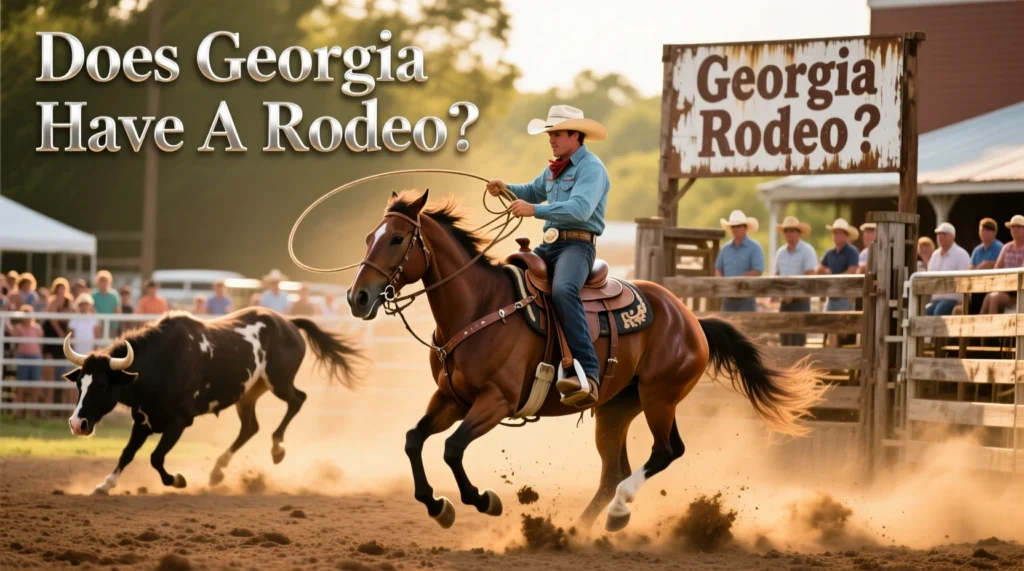Learn How to Judge Bull Riding? like a pro with this detailed guide explaining scoring criteria, rider and bull evaluation, expert analysis, and practical tips for enthusiasts and aspiring judges.
Table of Contents
Understanding the Basics: What Is Bull Riding Judging?
Judging bull riding is a complex process that is critical to the sport of rodeo and Professional Bull Riders (PBR) competitions. Judges evaluate both the rider’s performance and the bull’s difficulty to score the ride out of a maximum of 100 points, split equally between rider and bull (50 points each). The rider must hold the bull rope with only one hand while controlling his balance for at least eight seconds. No loss of control, free hand touching of the bull, or haste results in a score.
The scoring system ensures fairness and excitement by factoring in both human skill and animal challenge, making bull riding a unique sport of balance, courage, and athleticism.
How Riders Are Judged: Key Criteria and Scoring Breakdown
Judges evaluate riders on multiple dimensions during their 8-second ride:
- Control and Balance: Judges look for the rider’s ability to maintain control while the bull bucks vigorously. Staying centered and avoiding distractions such as slapping the bull is crucial for a high score.
- Spring Technique: Riders who encourage the bull to make hard bucks and more dynamic movements earn extra points, which reflect their skill and the intensity of the ride.
- Style and Rhythm: Maintaining rhythm and flow with the bull’s unpredictable movements indicates skill and wins the judges’ approval.
- Hand and Arm Discipline: The rider must keep the free arm raised without making contact with the bull or themselves. This demonstrates skilled technique and adherence to safety rules.
Riders who demonstrate exceptional control under intense physical challenge can achieve near-perfect scores, with 90+ point rides, which are considered elite performances.
How Bulls Are Judged: Athleticism and Difficulty Factors
The bull itself is evaluated by judges on a separate 50-point scale according to:
- Agility: Bulls that turn quickly left or right, change direction suddenly, or kick multiple times, which increases the difficulty.
- Power and Explosiveness: Bulls with sudden vertical bucks, complex body rolls, or rapid lateral movements make the ride quite challenging.
- Consistency: A bull’s ability to maintain these patterns throughout the ride without stumbling or losing momentum increases its score.
A bull’s score reflects the sport’s emphasis on combining high athlete performance with challenging stock, enhancing the fun and excitement of competition.
Case Study: The Perfect 100 and High-Scoring Rides
Historically, only one rider, Lane Frost, has scored a perfect 100 on a ride in 1991. Meanwhile, recent top scores from riders like Jose Vitor Leme and Woopaa in 2021 have approached the 97.75 mark, setting new standards in bull riding skills. Such rides feature a perfect balance between the rider’s skill and the difficulty of the bull, demonstrating the sport’s peak performance.
Expert Opinions on How to Judge Bull Riding?
Professional judges and bull riding experts emphasize several best practices:
- Consistency: Judges must apply consistent standards to all rides to ensure fairness.
- Focus on Safety: Judges prioritize safety, watching closely to prevent risky behaviors such as riders dropping their arms.
- Experience Counts: Experienced judges develop an innate feel for rider technique and bull difficulty through years of experience.
- Technology Integration: Some events have begun to explore the integration of sensors and video replays to assist judges, ensuring objective decisions.
Original Insights: Judging Challenges and Improvements
Deciding to ride a bull presents unique challenges:
- Fast-paced dynamics: Intense, fast-paced action demands that judges make discrete assessments.
- Subjectivity risks: Subjective style decisions require calibration to balance them with objective criteria.
- Environmental factors: Lighting, crowd noise, and field conditions can affect visibility and decision time.
Emerging solutions include improved judge training programs, analytical tools for scoring patterns, and feedback loops incorporating rider and bull data to improve scoring accuracy and transparency.
How to Judge Bull Riding?: A Practical Guide for Beginners
For fans interested in better judging or understanding scoring:
- Know the Rules: Start with the official PBR and Rodeo Rulebooks that outline scoring details and rider/bull standards.
- Watch the rides carefully: Observe the rider’s posture, arm control, and spring while noting the bull’s movements and strength.
- Practice scoring: Use videos of past rides to assign scores and compare with official results for calibration.
- Understand the timing: Remember the important 8-second rule and the importance of the rider’s free arm.
- Follow updates: Bull riding rules and judging standards evolve. Stay up-to-date via official PBR channels.
FAQs About Judging Bull Riding
Q: How long is a bull riding ride to be judged?
A: Minimum 8 seconds, after which a score is given if the rider completes without disqualification.
Q: What happens if a rider touches the bull with the free hand?
A: The ride is disqualified, and no score is given.
Q: Can a rider be judged if bucked off early?
A: No; only successful 8-second rides receive a score.
Q: How are bulls scored?
A: Bulls earn up to 50 points for difficulty based on agility, strength, and the overall challenge presented.
Q: Is bull riding judged differently in PBR versus rodeos?
A: The core scoring system is similar, but the PBR distributes a standard 100-point system evenly, while some rodeos may have slight variations in rules and judging focus.
Elevating Understanding and Judging Standards
Judging bull riding is a skillful blend of technical knowledge, quick decision-making, and an appreciation of athletic grace – both human and animal. A balanced 50-50 score between rider and bull ensures fairness and excitement.

